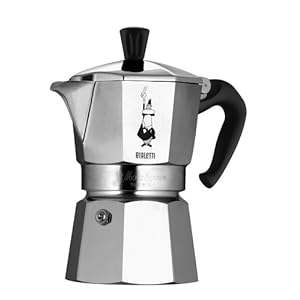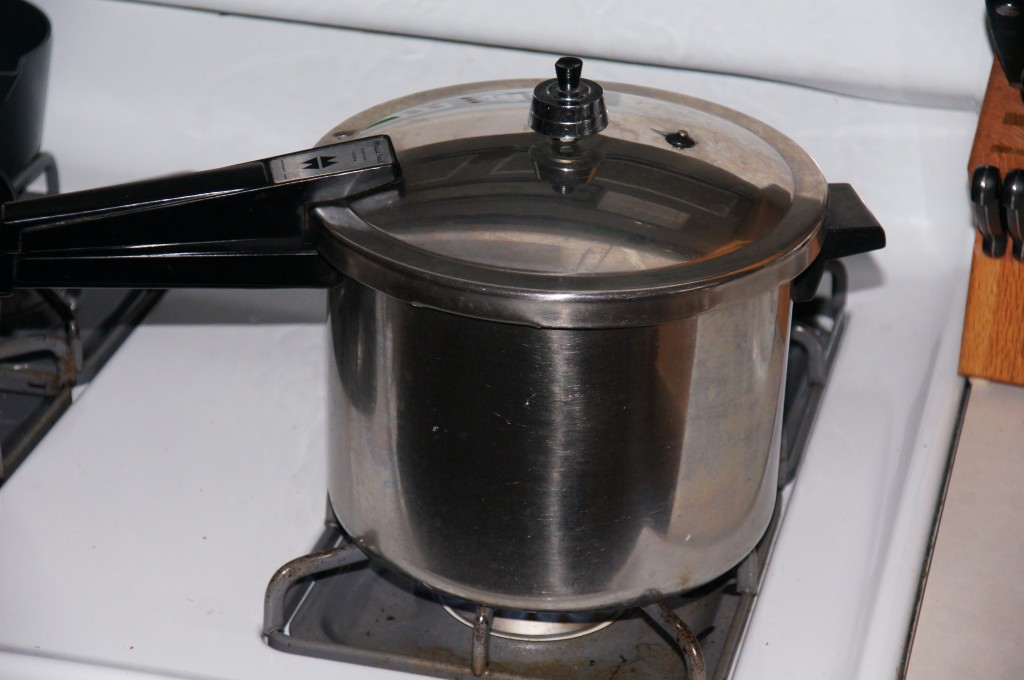I read the book Make the Bread, Buy the Butter: What You Should and Shouldn’t Cook from Scratch a few months ago and it got me thinking about the cost of cooking at home. I recommend the book (and/or her blog) for the personal stories and recipes as much as for her advice about what to make at home. The stories are funny and the recipes have been consistently good. But everyone is different in how much they value their time and enjoy cooking; and the book is targeted toward people who consider cooking a hobby and are willing to do in their free time.
I enjoy cooking and have lots of free time, so her advice is pretty good for me. If she says you should buy it, you should buy it. I thought that I had found one exception: Rice pudding. I figured that she just didn’t try (or want to recommend) using a pressure cooker. My rice pudding was pretty good, especially warm, but Kosy Shack was better, especially the next day. And tapioca is better anyway.
Each recipe in the book has a cost to make and the price to buy. I double-checked her prices for the first few recipes that I made and they were pretty close. A direct comparison is difficult in many cases because the store-bought item and homemade item are too different (hot-dog buns are a prime example).
As I got more curious about how much different foods cost to make, I started to wonder which of the things I eat are the best value and how home cooking compares to dining out in terms of cost. I also wanted to consider the nutritional value of the foods and to include (like the book did) the energy costs involved. I started tracking this in a spreadsheet, but it was too much hassle to keep track of which foods I’d entered already and to do all the conversions between different amounts of foods. So I started looking for software that would help.
Nine years ago I created a FoodDiary program because I was curious about how nutritious my diet was. Was I getting all the vitamins and minerals that I needed? What about all the amino acids? This was about the time that I was giving up beef and pork and I was worried about missing some proteins (I wasn’t). I considered re-writing that program to track food costs but I was turned off by the idea of revisiting the old wxWindows (a C++ graphics library) code. Instead I downloaded the trial version of the popular Living Cookbook software. Their software is pretty nice, and it allows you to track food costs and will figure the cost of a recipe. It has some pretty severe limitations though:
- You had to enter a food price for a particular quantity (their choice) of the food
- When you updated a food, the program had to update all the recipes that contained that food. This process took 15-30 seconds for common foods.
- A recipe couldn’t contain another recipe.
- When entering a recipe you have to enter each ingredient twice: once for the description and once for the nutrition data.
- There is no way to “score” a food. You can look at the amount of each nutrient, but there is no way to consider it as a whole. This was the main focus of my FoodDiary software.
So I finally decided to write a new program to do exactly what I wanted. I probably come to this conclusion a bit too easily and often. I think it’s because it is so easy to underestimate how hard the program will be to write. I had the same problem when I was getting paid to program: I’d take my best guess, double it, and often be way under.


